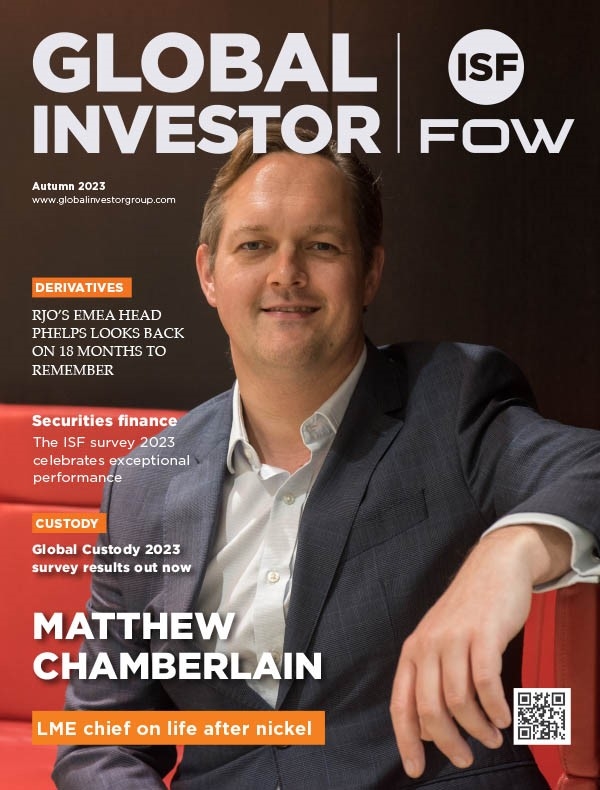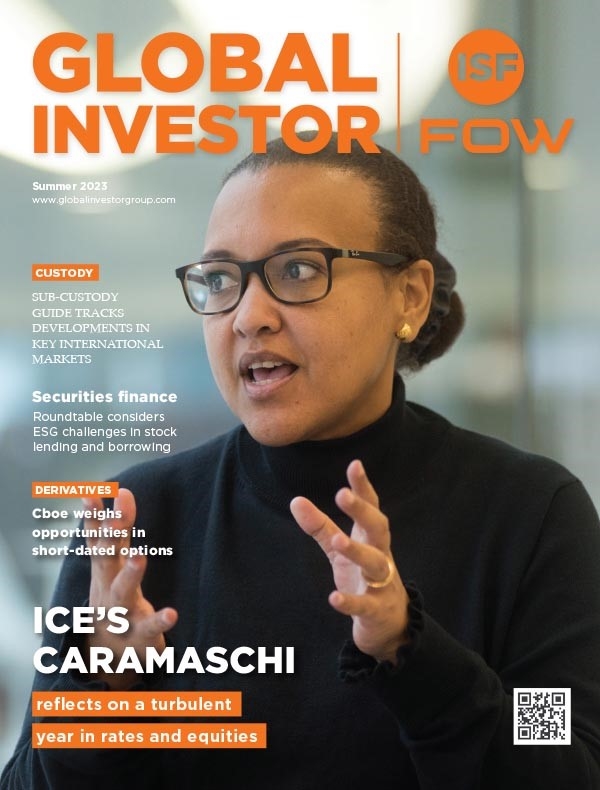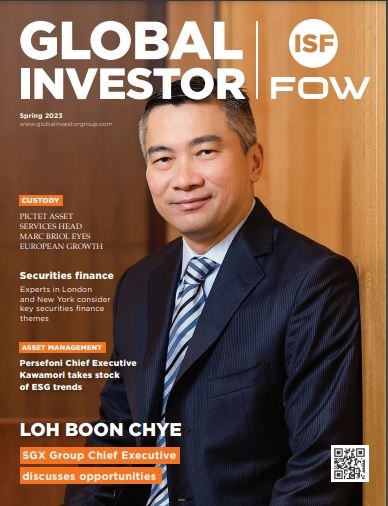Securities finance profile: South Korea 2016
Madalin Prout, head of relationship management APAC securities finance and processing at SunGard, says South Korea is mainly driving returns through specials: “In the last two years, South Korea has overtaken Taiwan, in terms of both loan volume and lending revenues, to become the third largest market in Asia

Additionally, there are nuances in terms of processing various types of corporate action event for SBL that are peculiar to the market, some of which require blanket recalls on positions in order to protect beneficial owner entitlements. These can have an impact on market liquidity particularly for hard-to-borrow securities.
From a lending perspective, given the market’s segregated account structure, lender assets cannot be comingled and hence clients do not enjoy the pooling benefit that typically exists in omnibus account structures.
Fannin says there has been increased demand for Korean large cap inventory recently given the country’s macroeconomic exposure to a slowing Chinese economy, coupled with lower oil prices and a challenging exchange rate environment. These themes have encouraged investment for a number of directional strategies, the growth of which has also been supported by a growing domestic hedge fund industry.
Further ahead, there will be a minor change in relation to investment registration certificates that will see omnibus investment registration certificate (IRC) numbers allowed by funds. This is expected to come into effect sometime next year, says Martin Corrall, regional product head for securities finance Citibank & chairman of Pan Asia Securities Lending Association.
Repo
The Korean repo market is divided into the exchange market, launched in 2002 by the Korea Exchange (KRX), and the OTC market, where counterparties transact directly or through an intermediary. The OTC market is further divided into institutional repo, customer repo and Bank of Korea (BOK) repo.
Eligible repo securities include any kinds of bonds excluding commercial paper, certificates of deposit and ETFs. KSD performs daily mark-to-market of securities for repo and may require participants to post additional margins. When a repo is terminated, the KSD returns any margin involved.
Thomas Murray Data Services notes that since foreign participants have difficulties in exercising rights and fulfilling duties, KSD regulates that foreign participants must appoint standing proxies for their repo transactions. Foreign participants are required to register their personal details in advance.
Synthetics
In 2011, the Korean Financial Services Commission (FSC) introduced a comprehensive framework for the sector for the first time, designed to promote domestic trading of leveraged derivative instruments.
Since then, prime brokers have continued to enhance their synthetic offerings to handle a gradual upswing in trading activity and business volumes. Meanwhile domestic firms, with relatively simple operational needs, continue to dominate the Korean hedge fund market.
“There are essentially five top securities firms in Korea, which creates very strong competition for new business,” said Kyung-Ha Lee, managing director at KDB Daewoo Securities, in a recent MISYS research report. “If existing players are going to make the most of new market opportunities, they need to differentiate themselves by providing hedge funds with more attractive offers.”
Found this useful?
Take a complimentary trial of the FOW Marketing Intelligence Platform – the comprehensive source of news and analysis across the buy- and sell- side.
Gain access to:
- A single source of in-depth news, insight and analysis across Asset Management, Securities Finance, Custody, Fund Services and Derivatives
- Our interactive database, optimized to enable you to summarise data and build graphs outlining market activity
- Exclusive whitepapers, supplements and industry analysis curated and published by Futures & Options World
- Breaking news, daily and weekly alerts on the markets most relevant to you



